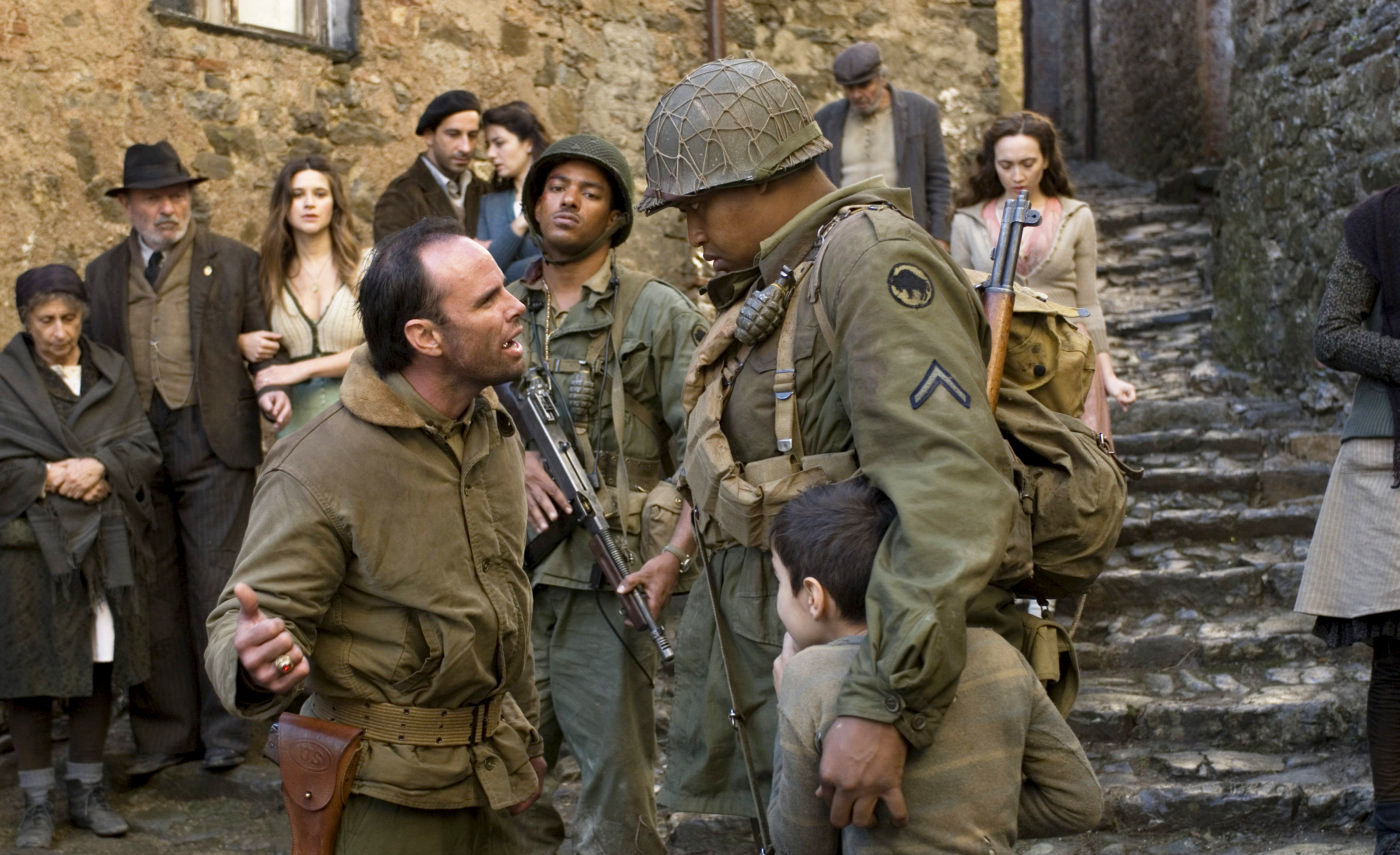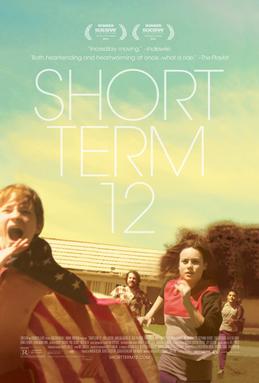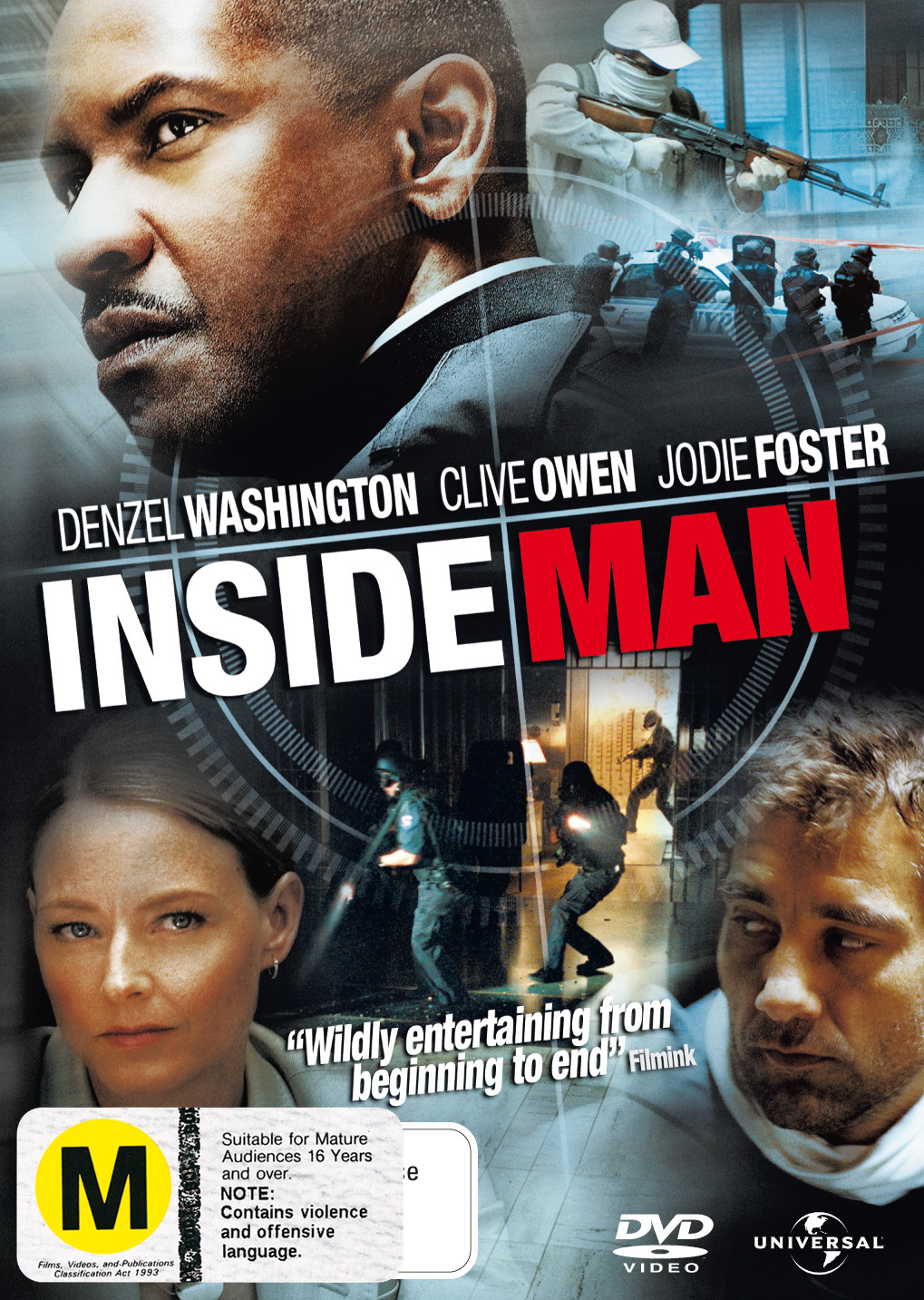The work of Quentin Tarantino and Spike Lee definitely
contrasts however, one of the main similarities I noticed within the films they
have directed is their embedded themes, especially the themes of crime and
violence and this is shown in many of their previous films. For example: in
1989, Spike Lee directed ‘Do the Right Thing’ which is about a hot summer’s day
in Brooklyn in which a simple complaint at a restaurant causes racial violence
to take place, resulting in the worse being brought out in everyone. He also
directed ‘Inside Man’ in 2006 in which the narrative revolves around crimes,
heists and hostage situations. In 1992, Quentin Tarantino directed ‘Reservoir
Dogs’ which is about a jewellery heist that goes wrong and the surviving
criminals suspect that one of them is an undercover cop. Tarantino additionally
directed Kill Bill Vol.1 (2003) and Vol.2 (2004) in which ‘The Bride’ awakens
from a coma after four years to discover her baby is gone so seeks revenge on a
team of assassins who betrayed her and Vol.2 continues her quest. All of these
films strongly explore the themes of crime and violence which shows it is
something both directors like to embed into their work which they can then go
on to re-present to their audiences based on their own perspectives. Of course,
there are many differences between the work of Quentin Tarantino and Spike Lee.
Tarantino’s films make very strong use of graphic violence, sometimes mixed
with humour, blood and gore with a key theme of human suffering running
throughout the majority of them whereas, Lee’s films deal with controversial
social and political issues such as race relations, urban crime and violence.
There has been a large controversy between Lee and Tarantino regarding
Tarantino’s most recent film, Django Unchained (2012) in which Lee said he
would not be watching it because it would be disrespectful to his ancestors and
he quotes: “My ancestors are slaves. Stolen from Africa. I will Honor Them.”
 Spike Lee
Spike Lee
The shared genres for Inglourious Basterds and Miracle at
St. Anna are adventure, drama, war, action and crime with IB having the
additional genre of black comedy. Both films are set in World War II during a
German-occupied Europe however they are based in different countries with IB
being in France and MASA being in Italy. The narrative of Inglourious Basterds
could be described as ‘fantasy like’ because it allows the Jews to get their
own back on the Nazis which provides the audience with their desired outcomes
to war. The film is split into chapters and it begins with “Once upon a time-
in a Nazi occupied France” which I believe shows that Tarantino wants people to
know that IB will be a fantasy film with WWII iconography. It is made up of two
narrative strands which are taking place at the same time. Firstly, a group of
8 Jewish-American soldiers plan to sneak into France as civilians to kill Nazi
leaders and carve a swastika into the heads of those they do not kill; one of
the male protagonists, Lt. Aldo Raine (Brad Pitt) orders each of the eight
soldiers to owe him one hundred scalps of dead Nazis. Secondly, a young Jewish
refugee, Shosanna (Melanie Laurent) witnesses the killing of her family by the
antagonist, Col Hans Landa (Christoph Waltz) and makes a tight escape at the
beginning of the film. Four years later, she plans her revenge which is to burn
down her cinema when a German movie premiere takes place and this premiere
catches the attention of the eight soldiers (known as the basterds) meaning on
that night, their paths cross to reveal a gripping ending.

Spike Lee on the other hand takes a completely different approach
to World War II and wants to make it clear that African-Americans also fought
in the war so his narrative revolves around four black American soldiers called
Aubrey (Derek Luke), Bishop (Michael Ealy), Hector (Laz Alonso) and Train (Omar
Benson Miller)-known as the Buffalo soldiers who are the survivors of crossing
the Tuscany’s Serchio River which leads them into German territory. They become
trapped in a Tuscan village which contains a boy named Angelo (Matteo
Sciabordi), an attractive woman called Renata (Valentina Cervi), partisans that
include a traitor and a local legend. The stories and brutal killings which
take place in this village all link to why Hector shoots Rodolfo (Sergio
Albelli) in a bank 40 years later which is shown at the beginning of the film.

One major difference I noticed in these two narratives is
the protagonists. Inglorious Basterds has straight, white, middle-aged males for
its protagonists which is typical of our dominant ideology and this may give
audience the false idea that black people did not fight in the war whereas Lee
took the opposite route by using four African-American protagonists to offer
the audience a fair representation and being an African-American himself, it is
not a surprise that he take a patriotic approach. IG seems to provide us with a
negative representation of black people as only one is seen in the whole film
(Marcel played by Jacky Ido) and he is the caretaker of the cinema which
represents African-Americans as having a ‘weak’ and meaningless role during
WWII. Contrastingly, Lee represents white people as racist and disrespectful
because the Buffalo Soldiers are treated awfully, as if they are worthless. A
similarity I noticed is the stereotypical representations of women in both
films. Although the female protagonist in IB has a strong character because she
is shown to be capable of burning down a cinema with little help which
therefore portrays her as independent, the very first scene has a negative
representation of women. It begins with a peaceful establishing shot of a farm
and I feel this is excellent use of mise-en-scene because it draws the audience
in as they are provided with realism and a relatable setting. We then see
Perrier Lapadite (Denis Menochet) cutting at a tree stump with an axe, then it
cuts to his wife hanging out the washing which portrays men as strong so have
to do the ‘hard, manly work’ and women as domestic housewives who are less
capable than men. In MASA, Renata is seen by Aubrey and Bishop as a beautiful
woman and the two of them fight over her, mainly due to her looks so therefore
she is being sexualised in the film to create the common themes of love, lust
and sex. Her only purpose is to been seen as a sex object, who wears revealing
clothes resulting in her being gawked at by the men in the film and by those in
the audience. This negative representation of women is often seen in Spike
Lee’s films and although he has tried to create a sense of equality in MASA, he
has still not been successful in creating female equality (in my opinion).


The themes and key sequences in both films really helped to
confirm their main values and messages which I definitely see as contrasting.
The themes in Inglorious Basterds are much more obvious and include revenge,
death, war, violence, conflict, freedom, escape and secrecy whereas the themes
in Miracle at St. Anna go slightly deeper and include innocence, conflict, revenge,
war, betrayal, loyalty, humanity, sex, patriotism, underdog and death. The shared themes of death, war and conflict
are make clear through the goory, intense and hard-hitting combat scenes in
both films, however I believe Tarantino has made them more explicit by showing
everything ‘how it is’ whereas Spike has made them more implicit by making a
stronger use of hidden meanings that make the audience think. For example,
there is a scene when Train is being told to leave Angelo with Renata but he
refuses to do so and although on the outside this shows how much he cares for
him, on the inside it represents the inner conflict Train is having with
himself regarding whether it is for the best if he keeps the boy. One of the
soldiers then tries to grab Angelo and Train grabs and strangles him. This is a
very key scene because the man’s face is perfectly in line with the sleeping
man mountain and someone says “it’s the sleeping man” which implies that the
spirit of the sleeping man lies within Train which is why he is so determined
to protect and look after Angelo.

I believe the main themes in Inglorious Basterds are revenge
and secrecy as it shows a ‘what if’ portrayal of war away from the battlefields
and it shows what goes on ‘behind the scenes’. The beginning and end scenes
strongly explore the theme of revenge and they help to link one of the messages
of the Jews getting their own back and giving the Nazis what they deserved
together. The beginning scene is extremely intense and this is enhanced by the
flowing dialogue between Landa and Lapadite which engages the audience as they
will have full focus on their conversation. This builds up to the goory and
sudden shootings of Shosanna’s family and as she escapes, the audience
understand that she will never forgive the Nazis for what they have done so
will be keen to get her revenge. The very last scene clearly sums up the
message of the Jews getting payback on the Nazis and it is clear that Tarantino
has created a film that reflects how he wanted WWII to end. It ends with a low
angle shot of Raine and one of his soldiers marking Landa with a swastika and
this shot firstly represents their superiority so therefore portrays Jews as
powerful and in control and the Nazis as weak and helpless. It secondly links
the narrative back to the beginning scene in which Landa was the one in power
so this juxtaposition is used to help Landa understand how he made the Jews
feel. These messages are very different to what I believe is the main message
being expressed in Miracle at St. Anna. I think Spike Lee only had good
intentions and was trying to show that war is never good and violence is always
wrong and I also think he is implying that war brings out the best and worst in
people. It brings out loyalties and friendships and is reflected in the
character of Hector who 40 years later, still remembers what his friends did
for him during the war so wants to kill the man who gave them harm. However,
war also brings out the worse in people as it dehumanises them when they are
given the power of killing and they over-use the control they are given which
results in people’s lives being destroyed.

Overall, I really enjoyed both Inglourious Basterds and
Miracle at St. Anna as they both have strong and gripping narratives which drew
me in. All of the performances were excellent and I felt very emotionally
attached to the characters, especially in MASA in which Omar Miller’s
performance stood out for me because his bond with Angelo was very touching and
the performance that stood out for me the most in IB was definitely Christoph
Waltz who’s cunning character helped to represent Nazis as truly evil and his
role was very believable. Although the messages and values in MASA are more
meaningful and heartfelt, I personally preferred Inglourious Basterds as I am a
big fan of Tarantino’s style of film making and his fantasy based narrative
helped me to find the film more entertaining. I would therefore give IB a
rating of nine out of 10 and MASA a rating of eight out of ten and I would definitely
recommend both of these films to friends and family.



























 Quentin Tarantino
Quentin Tarantino  Spike Lee
Spike Lee 









